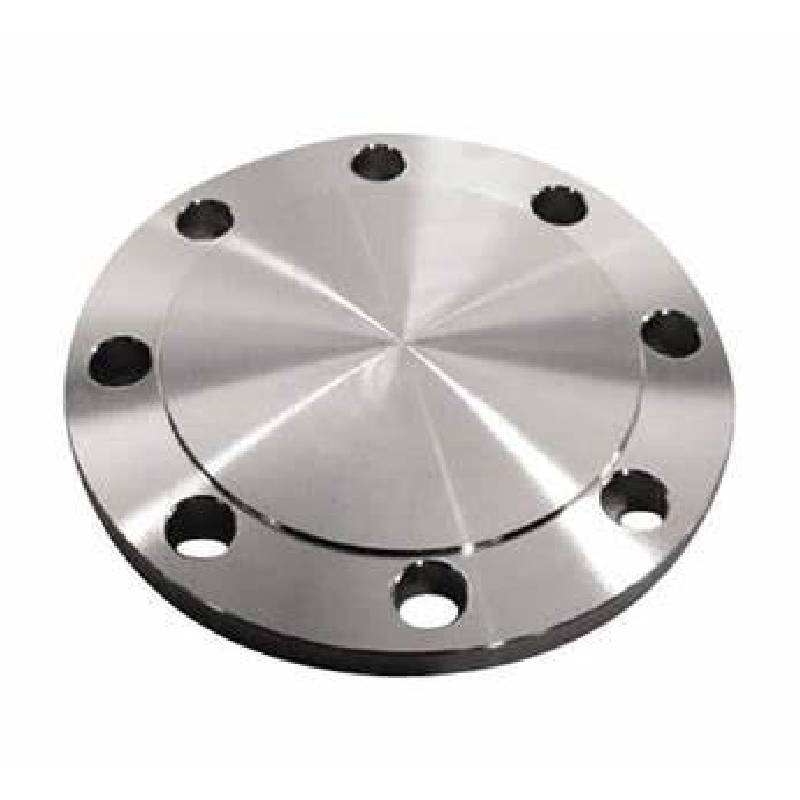-
Cangzhou Yulong Steel Co., Ltd.
-
Phone:
+86 13303177267 -
Email:
admin@ylsteelfittings.com
- English
- Arabic
- Italian
- Spanish
- Portuguese
- German
- kazakh
- Persian
- Greek
- French
- Russian
- Polish
- Thai
- Indonesian
- Vietnamese
- Zulu
- Korean
- Uzbek
- Hindi
- Serbian
- Malay
- Ukrainian
- Gujarati
- Haitian Creole
- hausa
- hawaiian
- Hebrew
- Miao
- Hungarian
- Icelandic
- igbo
- irish
- Japanese
- Javanese
- Kannada
- Khmer
- Rwandese
- Afrikaans
- Albanian
- Amharic
- Armenian
- Azerbaijani
- Basque
- Belarusian
- Bengali
- Bosnian
- Bulgarian
- Catalan
- Cebuano
- China
- China (Taiwan)
- Corsican
- Croatian
- Czech
- Danish
- Esperanto
- Estonian
- Finnish
- Frisian
- Galician
- Georgian
- Kurdish
- Kyrgyz
- Lao
- Latin
- Latvian
- Lithuanian
- Luxembourgish
- Macedonian
- Malgashi
- Malayalam
- Maltese
- Maori
- Marathi
- Mongolian
- Myanmar
- Nepali
- Norwegian
- Norwegian
- Occitan
- Pashto
- Dutch
- Punjabi
- Romanian
- Samoan
- Scottish Gaelic
- Sesotho
- Shona
- Sindhi
- Sinhala
- Slovak
- Slovenian
- Somali
- Sundanese
- Swahili
- Swedish
- Tagalog
- Tajik
- Tamil
- Tatar
- Telugu
- Turkish
- Turkmen
- Urdu
- Uighur
- Welsh
- Bantu
- Yiddish
- Yoruba

Nov . 17, 2024 15:45 Back to list
ansi class 900
Understanding ANSI Class 900 Significance and Applications in Industrial Settings
In the landscape of industrial processes and systems, ensuring the reliability and safety of equipment is paramount. One of the key standards that govern piping systems and their components is the ANSI Class 900 rating, which is part of the ANSI/ASME B16.5 standard for pipe flanges. This rating provides vital information about the pressure-temperature ratings for flanges, fittings, and valves, crucial for engineers and operators in various sectors, including oil and gas, water treatment, and chemical processing.
What is ANSI Class 900?
ANSI Class 900 is primarily a designation for flanges that indicates the maximum pressure they can withstand at a specific temperature, which is defined in pounds per square inch (PSI). The “900” in this class means that the flange is designed to operate safely up to 900 PSI at temperatures around 100°F (37.8°C), and its capacity decreases as the temperature increases. This specification is crucial because it helps engineers select the right components for their systems to prevent failures that could lead to severe operational disruptions or safety hazards.
The ANSI class ratings range from Class 150 to Class 2500, with Class 900 situated in the middle. Flanges with this rating are typically manufactured from various materials, such as carbon steel, stainless steel, and alloy steel, making them suitable for a range of environments, from basic water systems to corrosive and high-temperature applications in the chemical industry.
Importance of ANSI Class 900 in Industrial Applications
The ANSI Class 900 rating plays a critical role in ensuring the integrity and efficiency of piping systems in multiple industries
1. Safety Assurance One of the paramount concerns in any industrial application is safety. Flanges and fittings that exceed their rated pressure can fail catastrophically, resulting in leaks, explosions, or equipment damage. ANSI Class 900 provides a clear guideline to avoid such failures by ensuring that components selected for a system can handle the operating conditions.
2. Standardization ANSI class ratings create a standardized approach to component selection across industries. Engineers, designers, and procurement professionals understand the specifications of Class 900, making it easier to design systems that are both interoperable and compliant with industry standards.
3. Cost-Effectiveness Using components rated appropriately for their intended application can lead to cost savings. Over-specifying components results in unnecessarily high costs, while under-specifying can lead to risks and failures. The ANSI Class 900 rating allows for optimal selection, balancing performance and cost.
ansi class 900

4. Wide Applicability These flanges are versatile and are used in an array of applications, from high-pressure steam systems to oil and gas pipelines. Their robustness makes them suitable for various environments, adapting to different materials and fluids, whether they are corrosive, abrasive, or reactive with vessel materials.
Challenges and Considerations
While ANSI Class 900 flanges offer numerous benefits, there are considerations one must keep in mind
- Temperature Effects Users must recognize the relationship between temperature and pressure. While flanges may be rated for 900 PSI at room temperature, those specifications change dramatically at elevated temperatures, requiring careful consideration during system design.
- Material Selection The material of the flanges is equally critical. Compatibility with the fluid being transported, environmental conditions, and potential corrosive elements must be evaluated to prevent premature failure of the components.
- Regular Inspection and Maintenance Even the best materials can suffer fatigue over time. Regular inspections and maintenance schedules are vital to ensure ongoing compliance with safety standards and optimal performance.
Conclusion
The ANSI Class 900 rating, as part of the broader ANSI/ASME standards, is a cornerstone of engineering practices in piping systems. By providing clear guidelines regarding pressure and temperature tolerances, it promotes safety, efficiency, and standardization across various industries.
Understanding and implementing these ratings within industrial design is essential for creating robust systems that can withstand the pressures and demands of modern technology and processes. In a world where safety and efficiency are crucial to success in engineering and manufacturing, ANSI Class 900 remains an invaluable tool for engineers worldwide.
Latest news
-
ANSI 150P SS304 SO FLANGE
NewsFeb.14,2025
-
ASTM A333GR6 STEEL PIPE
NewsJan.20,2025
-
ANSI B16.5 WELDING NECK FLANGE
NewsJan.15,2026
-
ANSI B16.5 SLIP-ON FLANGE
NewsApr.19,2024
-
SABS 1123 FLANGE
NewsJan.15,2025
-
DIN86044 PLATE FLANGE
NewsApr.19,2024
-
DIN2527 BLIND FLANGE
NewsApr.12,2024
-
JIS B2311 Butt-Welding Fittings LR/SR 45°/90° /180°Seamless/Weld
NewsApr.23,2024











